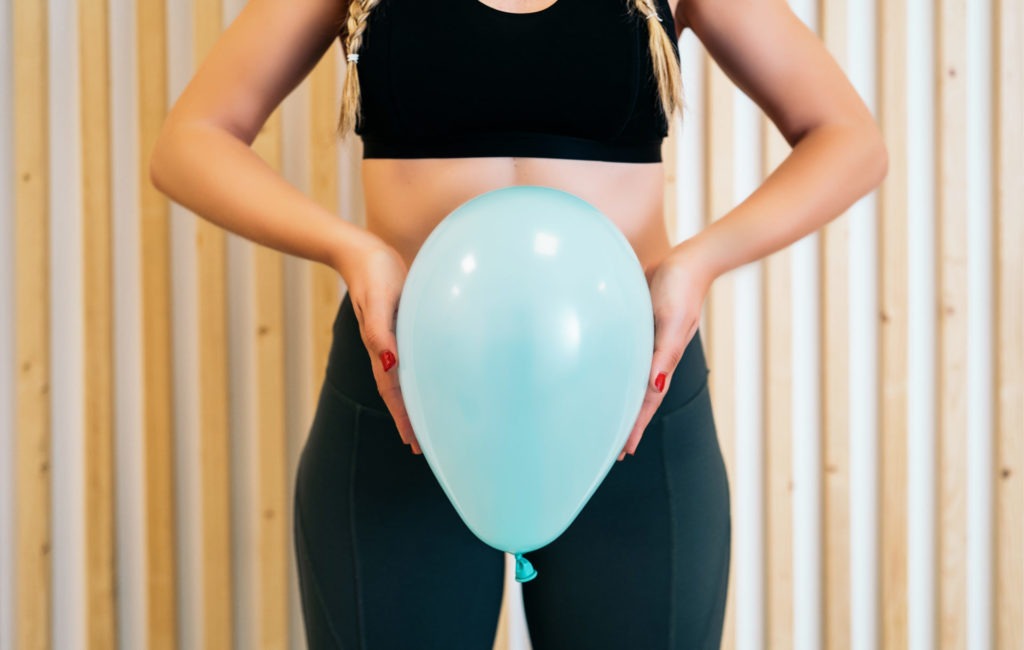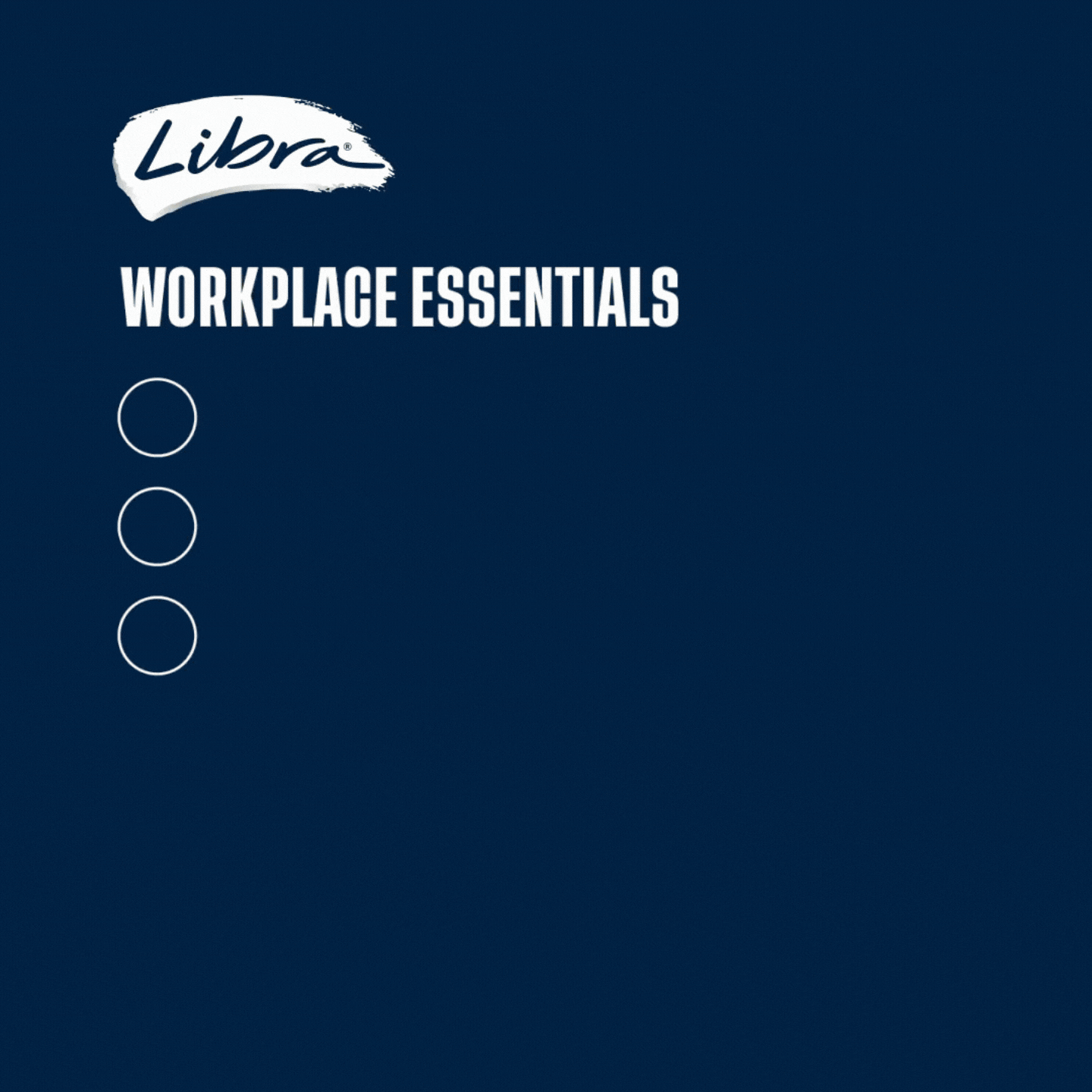Most women of all ages are not doing the most effective method of preventing, treating, managing and even curing incontinence– pelvic floor exercises.
In the lead up to Women’s Health Week , the Continence Foundation of Australia wants to remind women there’s a lot that can be done to reduce their risk of incontinence.
With over five million Australians affected by incontinence, the Continence Foundation is a not-for-profit organisation and the national peak body promoting bladder and bowel control health, incontinence prevention, management, education, awareness, information and advocacy.
The most effective way to take back control of incontinence is by doing pelvic floor exercises, which can be easily and discreetly incorporated into an everyday habit without the need to fork out any money.
According to a survey of more than 15,000 Australian women, less than two out of ten (17.6 per cent) do their pelvic floor exercises daily despite incontinence affecting one in three women who have ever had a baby.
The CEO of the Continence Foundation, Rowan Cockerell, says “Incontinence is preventable and treatable in the majority of cases. The key to preventing or better managing incontinence comes down to protecting and strengthening the pelvic floor and adopting a few healthy lifestyle habits.”
Pelvic floor exercises can be done anywhere and at anytime, and the exercises don’t just help with continence but can also improve sexual function.
While incontinence can affect men, 80 per cent of those who report living with incontinence are women– and not just older women or mothers. In fact, the Continence Foundation of Australia says that 10 per cent of young women aged 15 to 24 experience incontinence and over half of women living in the community with urinary incontinence are aged under 50 years.
For young women who experience bladder incontinence while sneezing, coughing or exercising, a good resource to check out is Go Against the Flow, a health awareness initiative aimed at empowering young women with incontinence.
The Continence Foundation of Australia also has many resources and Cockerell says, “The other important thing to remember is that there is help available. We have a national continence helpline staffed by nurse continence specialists, as well as specific sections on our website with simple instructions on how to perform pelvic floor exercises, and links to resources designed with younger women in mind.”
Pregnancy and childbirth are some of the more obvious risk factors for incontinence that come to mind, but there are several others as well, including age, being overweight, smoking, menopause, conditions such as diabetes and following bladder and/or pelvic injury and surgery.
A 2018 Australian study found that one in three netballers experience incontinence and many women may stop exercising after giving birth due to incontinence.
Specialist Women’s, Men’s & Pelvic Health Physiotherapist, Shan Morrison, says “I see a lot of women who have reduced their engagement in exercise and other enjoyable activities and have withdrawn from life physically, emotionally, socially, and sexually.”
Many people may feel embarrassed about incontinence issues and find that this feeling results in them limiting their social and sexual lives, as well as having an impact on their mental health. The Continence Foundation wants to reduce the stigma surrounding incontinence by creating a safe space for people to seek help.


